Where does alfalfa seed come from? A small number of growers produce the tiny, finicky seed crop with patience and precision.
Alyson Buckley sits in a cold farm shop with her dad, Mike, on a frigid winter day in Walla Walla, Washington. “We should have put a heater in here,” she laughs. Maybe it’s the next project the two of them can do together. Mike is genuinely proud to have her working in the business; you can hear it in his voice, even see it in the way he swells with pride when he talks about working with his daughter.
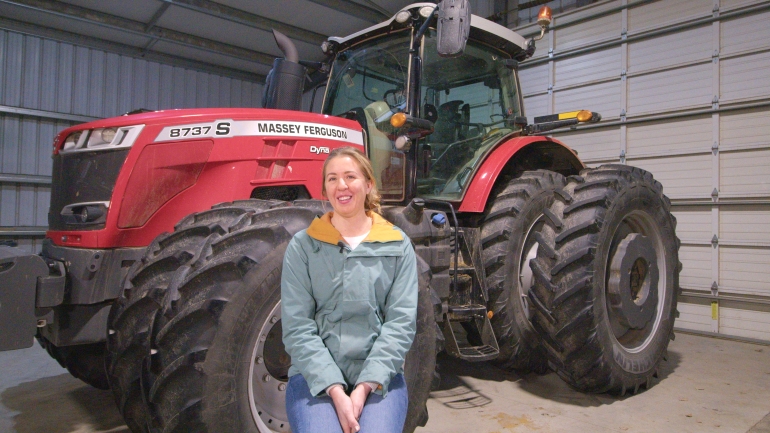
“She always did mention the farm as one of the things she wanted to do,” says Mike, pointing out that she didn’t study ag in college and even has a side business in another field. “We always kept that door open with her, as well as with our other kids. And she decided, ‘Well, I do want to come back,’ and that was a great thing to hear,” he says.
“So it’s really important to me to just learn as much as I can from him and then just continue that legacy,” says Alyson. “Growing up, I watched him put his blood, sweat and tears into this place.”
There won’t be any “sweat” today; outside, under an inch or two of snow, the crop that will help continue the Buckley Farm legacy is over-wintering and will emerge with the thaw in March. It’s alfalfa, but not the kind that typically comes to mind.
Not hay. Hay seed.
The Buckleys are part of a relatively exclusive set of farmers that grow alfalfa specifically for seed. “Growing alfalfa seed, I guess you could say it’s somewhat rare. You don’t see it everywhere you go,” says Alyson. But you do see the result of it everywhere you go. “When our seed is cleaned and bagged and ready for sale, it goes all over the place,” she says. “South America, it goes to the Middle East… the Midwest… California… It just depends on the variety and where it’s suited to grow.”
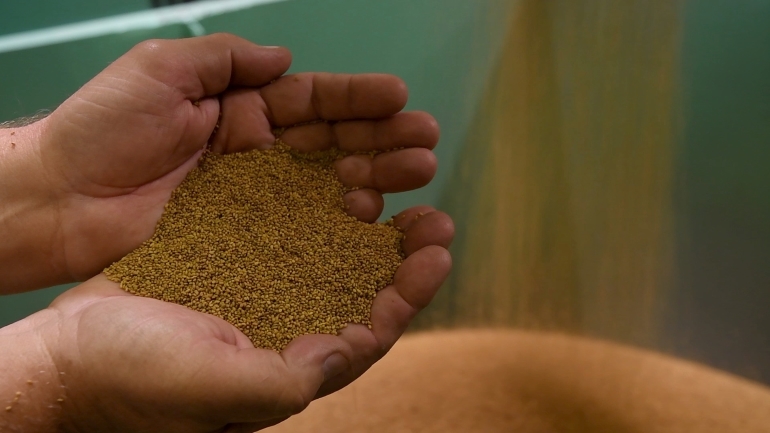
If you’re an alfalfa grower, it’s entirely possible you’ve planted Buckley seed at some point; they grow for several companies and many varieties. But that’s the extent of the connection to hay growers; this is an entirely different and much longer process, all the way from planting to harvest. “We treat our crop as a row crop,” says Alyson. “I guess you could say we plant it in rows, like corn.”
That does mean 24- to 30-inch row spacing, as well as a much lighter plant population per acre compared to hay. “We plant—at the most—two pounds per acre of seed,” she says, versus 15 to 25 for alfalfa growers. “We have to give the plant room to bush out so that bees can get to all levels of the plant,” she says.
The bees… nothing happens without the bees. That’s true for growers of many crops, but for alfalfa seed, bees are beyond essential. “If we don’t have bees, we don’t get a crop,” says Alyson. So leafcutter bees—which, unlike common honeybees, don’t rob the nectar from the flowers on the plant but pollinate and “trip” the flower to create seed—must be incubated in boxes on the farm and released at the appropriate time in the growth cycle, usually June. Alkalai bees, which are native to the area and bed in the fields, are also important pollinators.
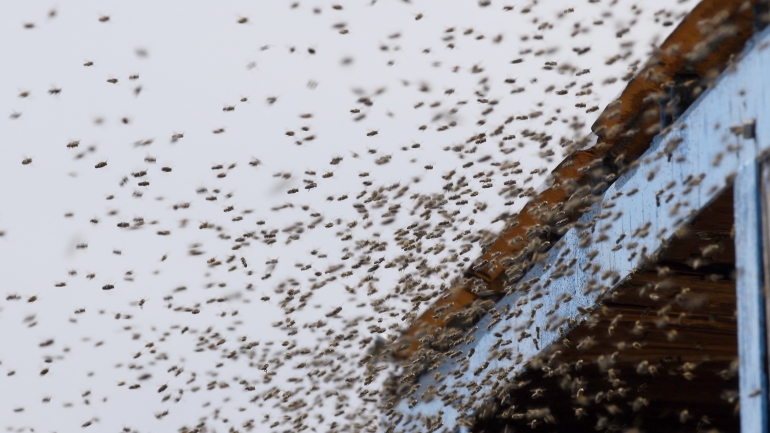
While watering is essential to getting the crop to emerge and develop in the spring, once the bees are released, the watering essentially stops. This stresses the plant—again, a huge difference between growing for hay and growing for seed—and helps trigger the seed production.
Fields explode into purple bloom as the plant goes to seed. When distressed, the flower turns to dry “curls” and the delicate seed rests inside. It is harvested with a conventional wheat header but with much less air, careful to avoid pushing the fine seed out the back of the combine. A good yield is in the neighborhood of 1300 pounds per acre, which when cleaned and ready for bagging will be close to a thousand pounds. One “cutting,” and the crop is done. Residue can be collected and baled as straw, or chopped for compost or livestock bedding.

Alyson uses adjectives like “expensive,” “time-consuming,” and “intimidating” to describe the whole growing season. Timing, especially with water and pollinating, requires precision.
Complicating the watering process is the sloping terrain on much of the Buckleys’ 4,000 acres. Much of the irrigation is hand line by necessity, and is extremely labor intensive. “You just devote everything… all your time to it,” says Alyson.
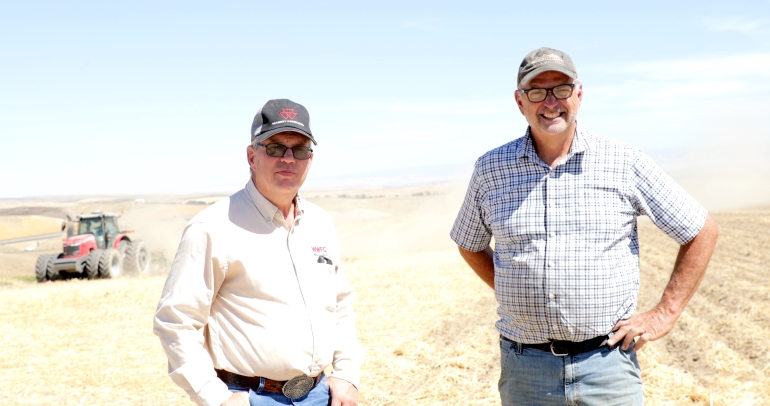
The hills make for some challenges when it comes to equipment, as well. Steve Bughi, one of the owners of Walla Walla Farm Center, a Massey Ferguson dealer, says the Buckleys had tried other brands of tractors; the hills always proved too much. “The key here with the Massey tractor,” says Bughi, “when it goes up on those steep hills, it doesn’t ‘power-hop.’ It just pulls.”
That was a major selling point for the Buckleys, who demo’ed Massey Ferguson a few years back and are now on their second purchased from Bughi, the MF 8737S. “We have always had problems with certain machines going downhill, and they would not ‘disengage’ but they would start over-revving,” says Mike. “This thing does not do that. It really gets the power to the ground.”
That’s important for staying on the hills, but also for keeping the tractor efficient with other implements that are heavily ground-engaged. The Buckleys employ a Sunflower 6631 vertical tiller, as well as a seed drill and an air packer, at various times during the year. “They pull some pretty big loads with this tractor,” says Bughi.
Getting reliable power to the ground has helped make the MF 8737S the Buckleys’ primary tractor, but the benefits don’t stop with brawn. “One thing that stands out on the books is fuel savings,” says Mike. The Dynamic Tractor Management (DTM) system keeps RPMs steady and efficient, which means using less fuel, too. “We’re seeing more fuel savings with this than any other piece of equipment we have right now,” says Mike. “It’s huge right now… it’s big.”
Bughi says the Buckleys use the PTO a fair amount as well, and have likewise been impressed by its efficiency. “You can go out there in economy PTO, and at 1550 engine RPM you can get 1000 PTO (RPM),” says Bughi. “There’s another fuel savings right there,” says Mike, and Bughi adds that it saves wear and tear as well.
Alyson says DTM helps her in the field by letting her focus on other things besides how the tractor is running. “I don’t have to sit there and mess with my RPMs or my speed; you can just let the tractor do everything and do all the work,” she says. “It’s made operating—especially for seeding—it’s made it a lot easier.”
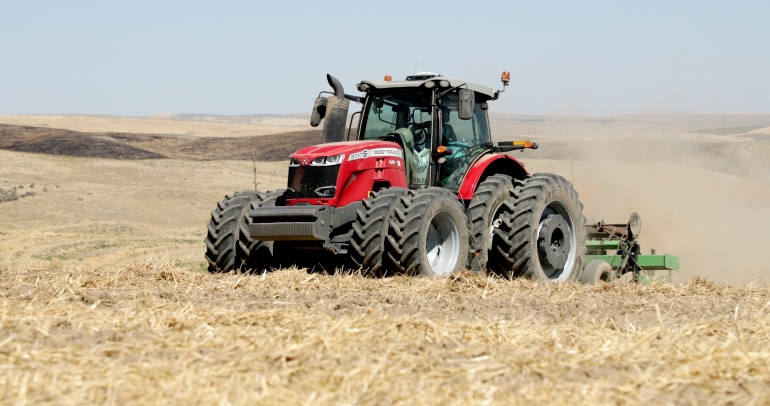
Meanwhile, Mike insists that the service he gets from Bughi and Walla Walla Farm Center will keep the family coming back to Massey Ferguson. Bughi calls customer service “the most important thing” and says when he gets a service call, “it may as well be my tractor sitting in the field. It’s a 9-1-1 call,” he says. Mike sees the emphasis in real time. “Some of these big seed companies we're dealing with, you're kind of losing the one-on-one contact,” he says. “But Massey... they maintain more of a one-on-one customer relationship. And that's just as important as that machine sitting behind me,” says Mike, gesturing to the MF8737S in the shop.
Alyson sees the impact of maintaining the right equipment fleet; she’s not only an operator, but the farm’s primary bookkeeper as well. “Even though you were raised on a farm, it’s totally different when you go out there and manage and work on a farm,” says Mike. “So she learned a lot… she’s still learning a lot, and it’s been a great pleasure to have her.”
Meanwhile, in spite of the challenges of a finicky crop—or finding herself in a freezing farm shop on a winter day—Alyson says, “This is what I want to do. I can’t imagine doing anything else. So I’m in the right spot.”

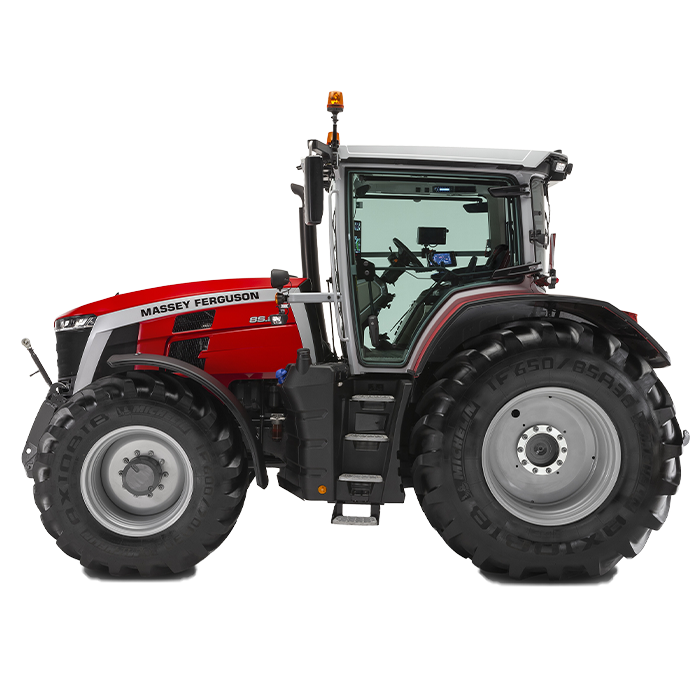
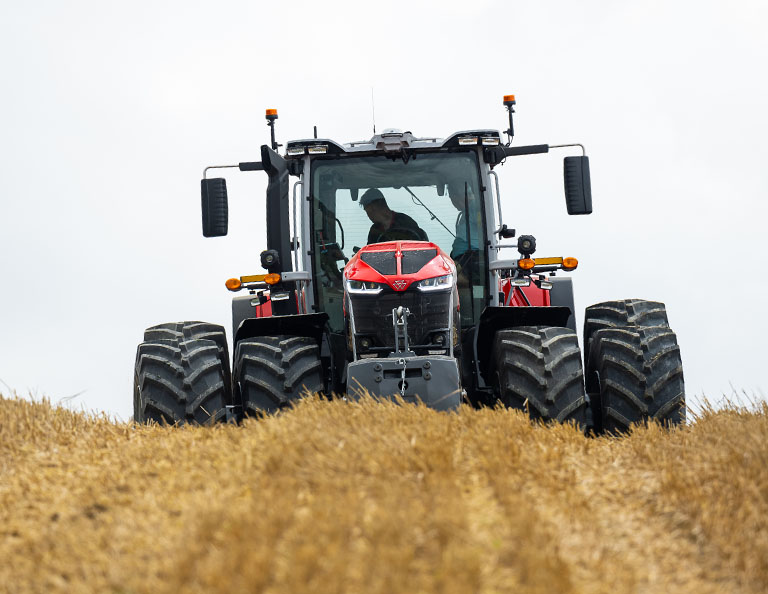

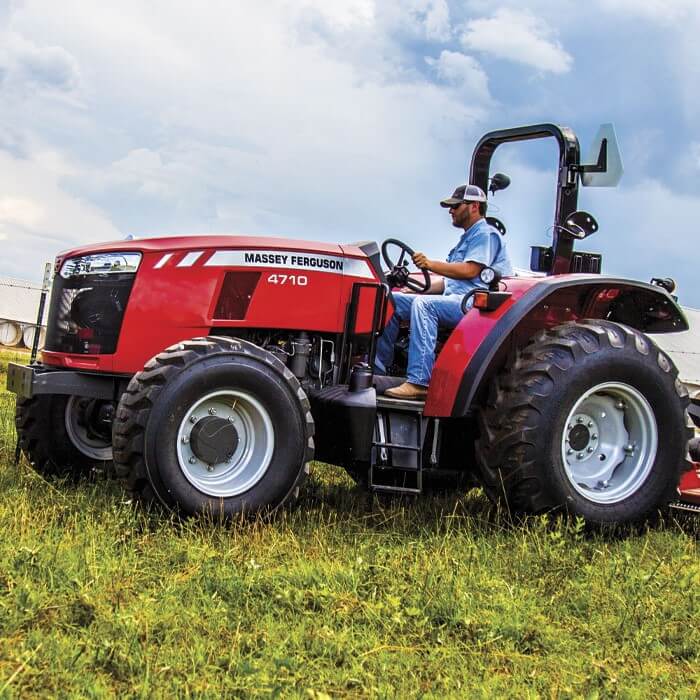


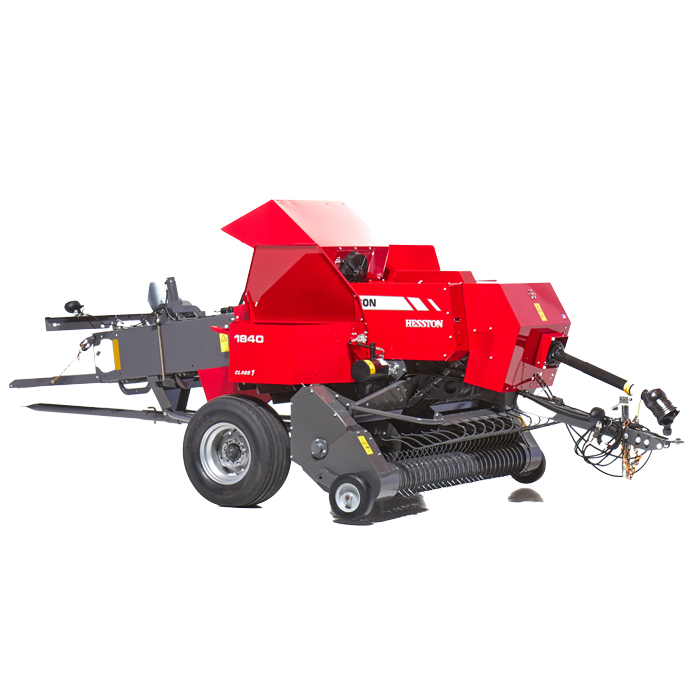
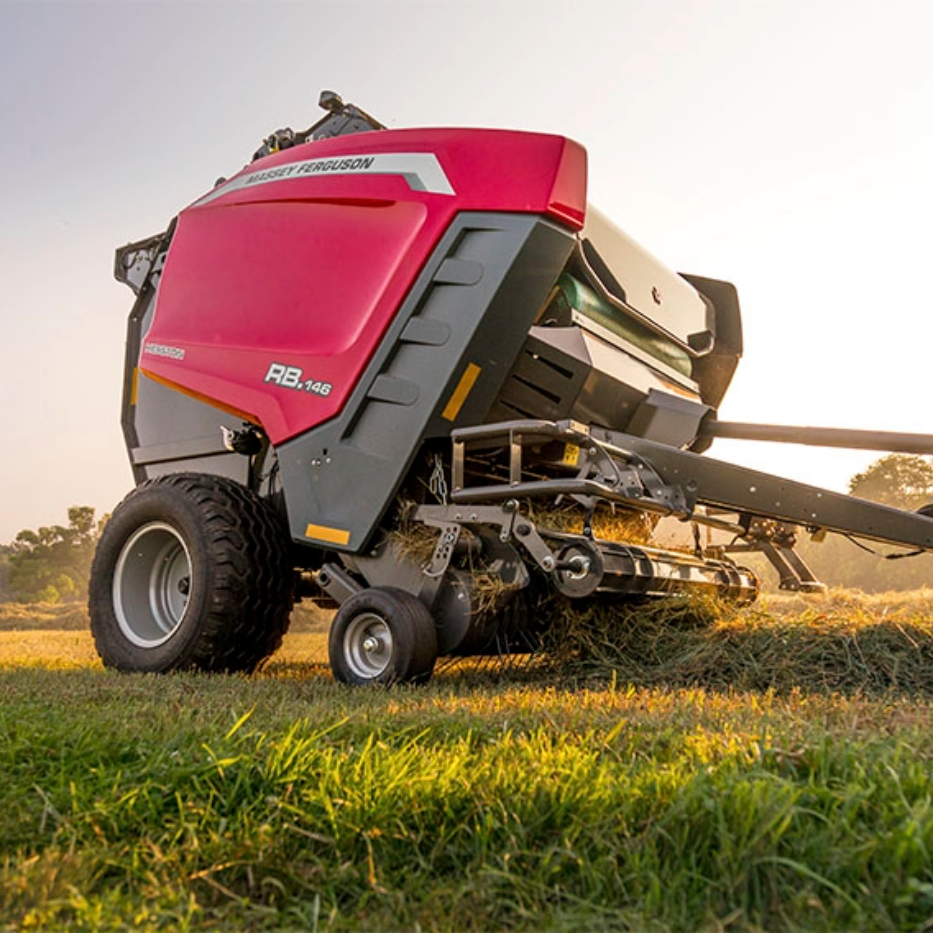
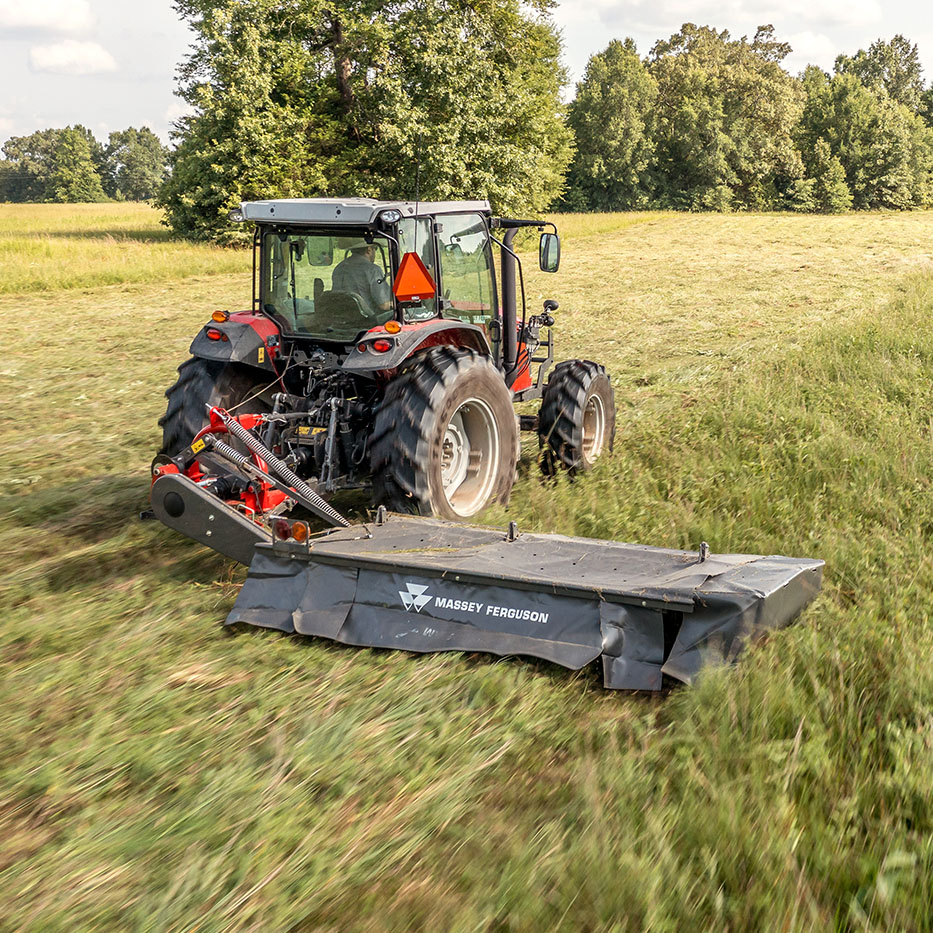
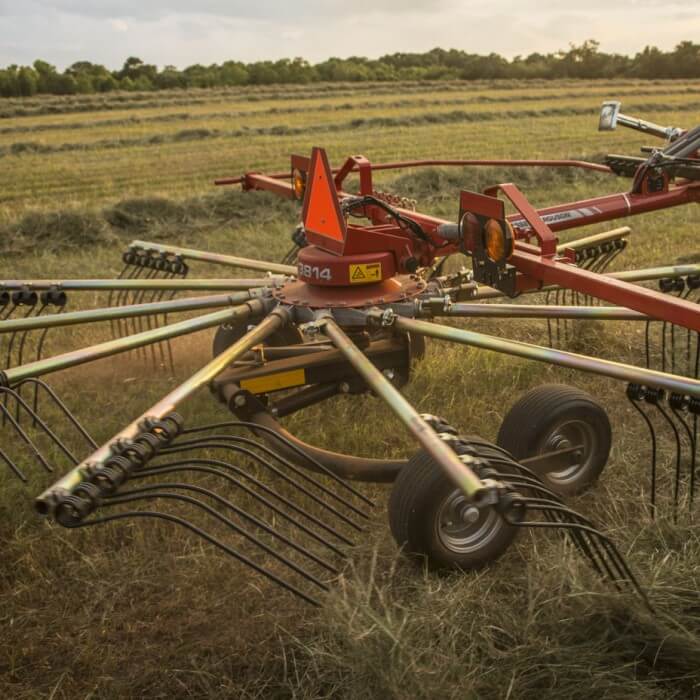
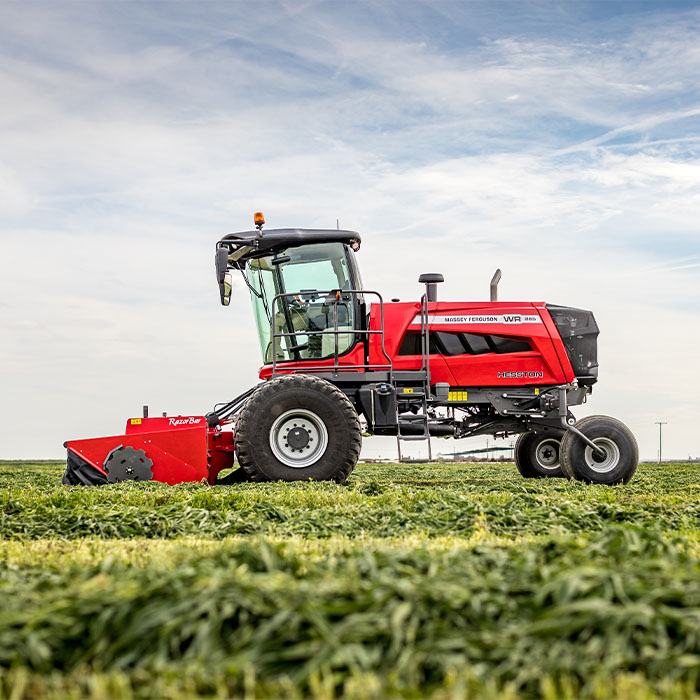
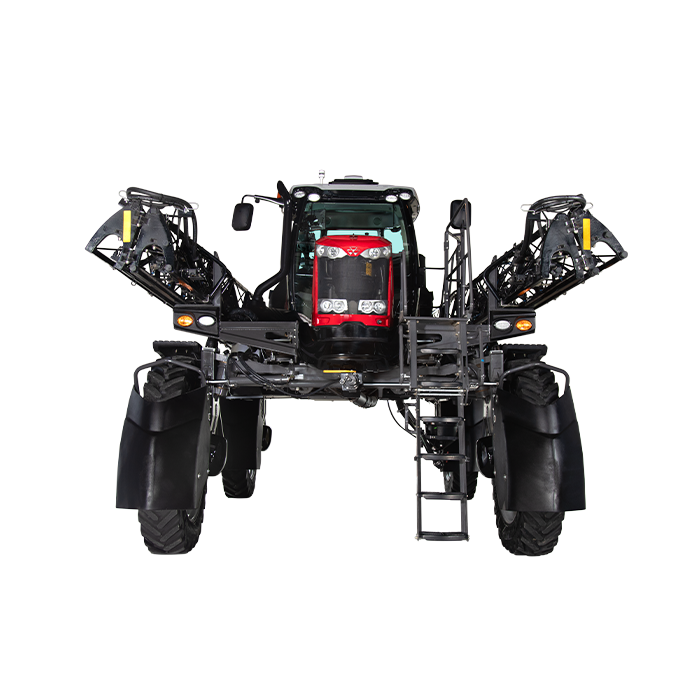

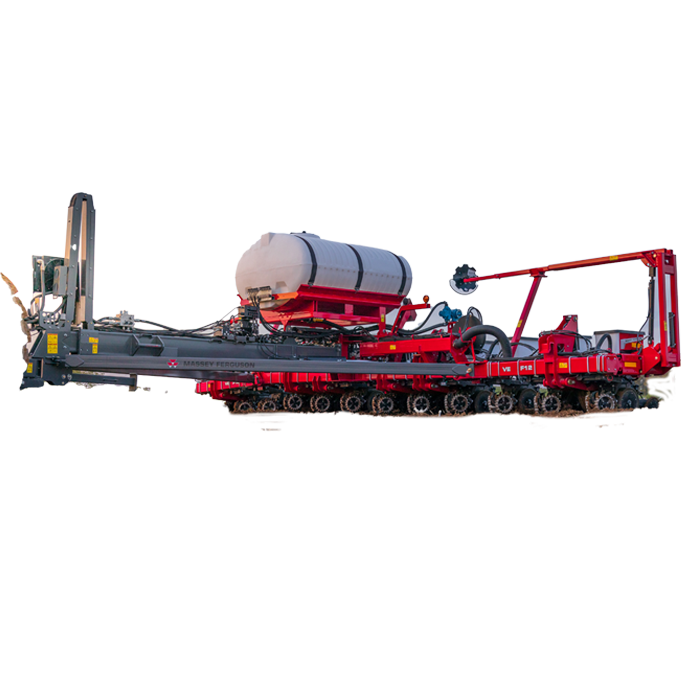
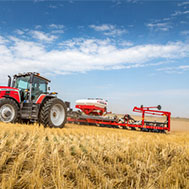
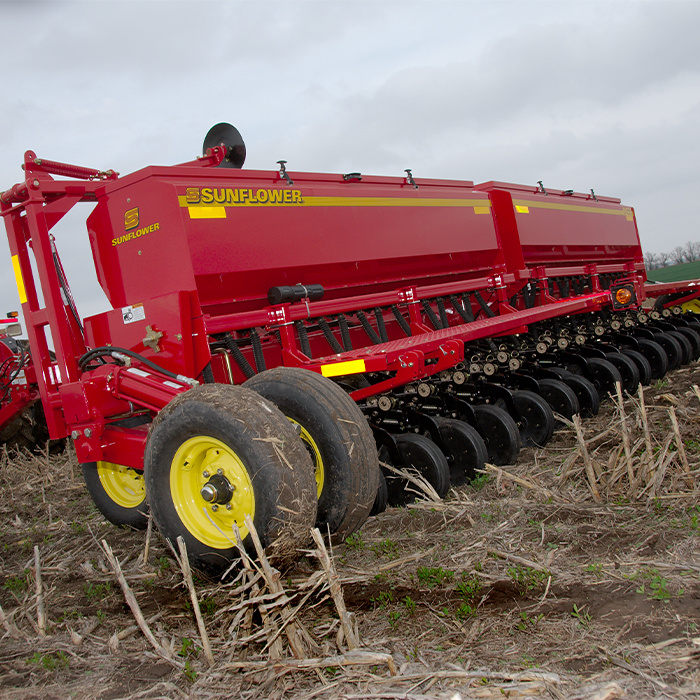
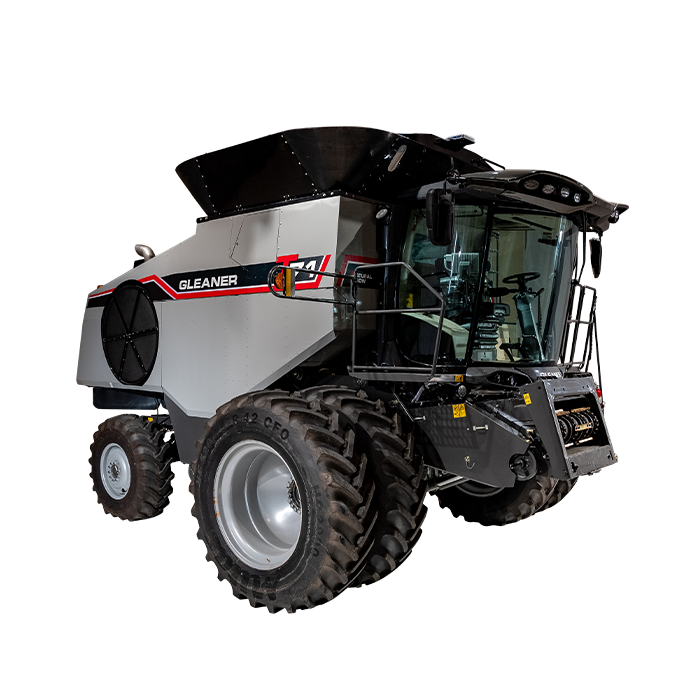

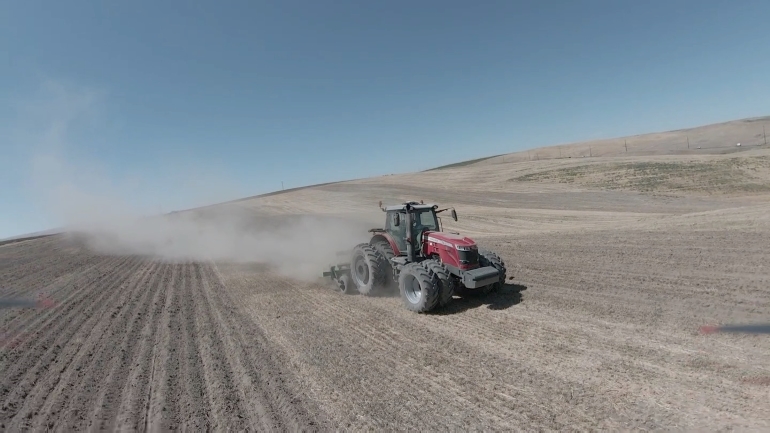
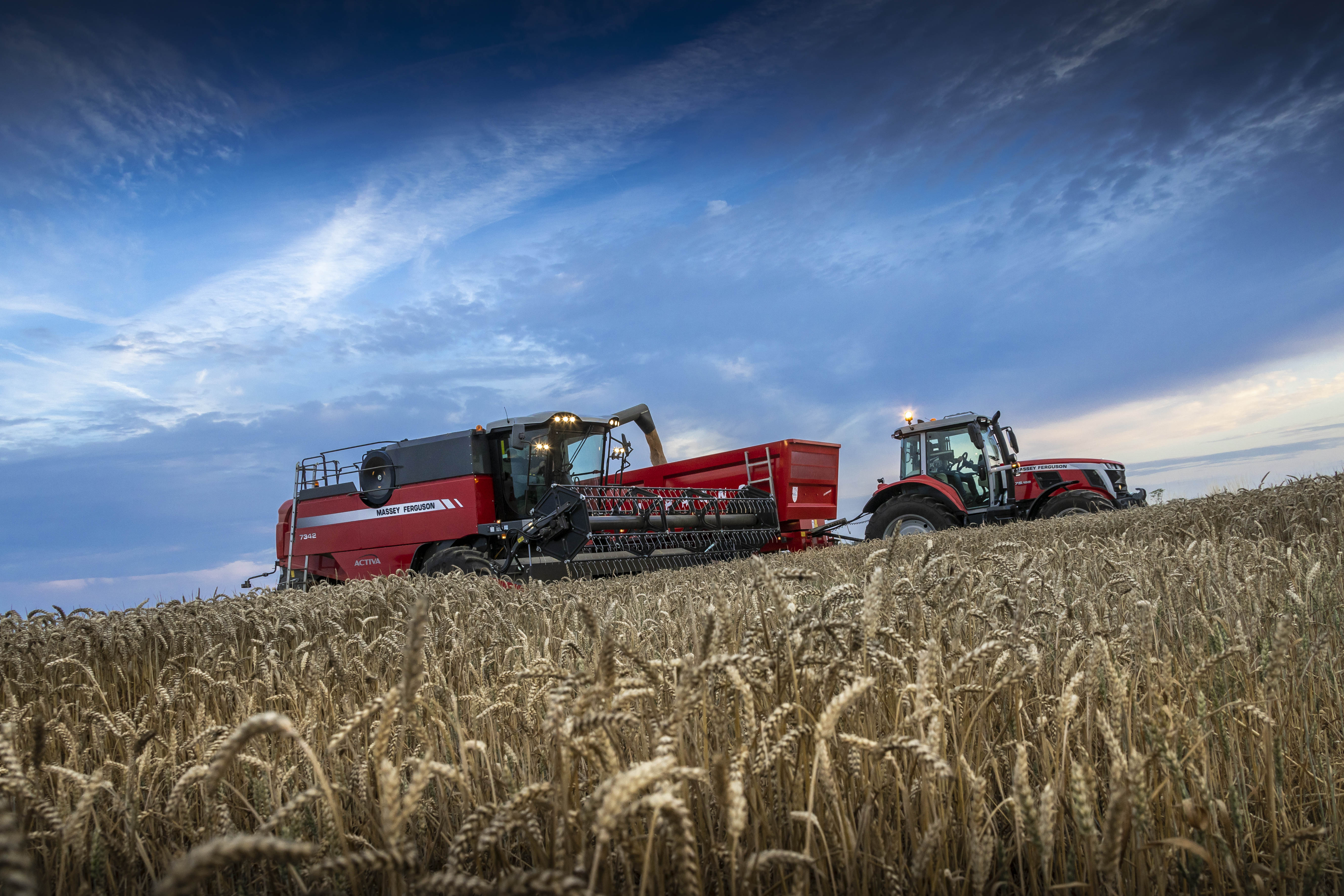
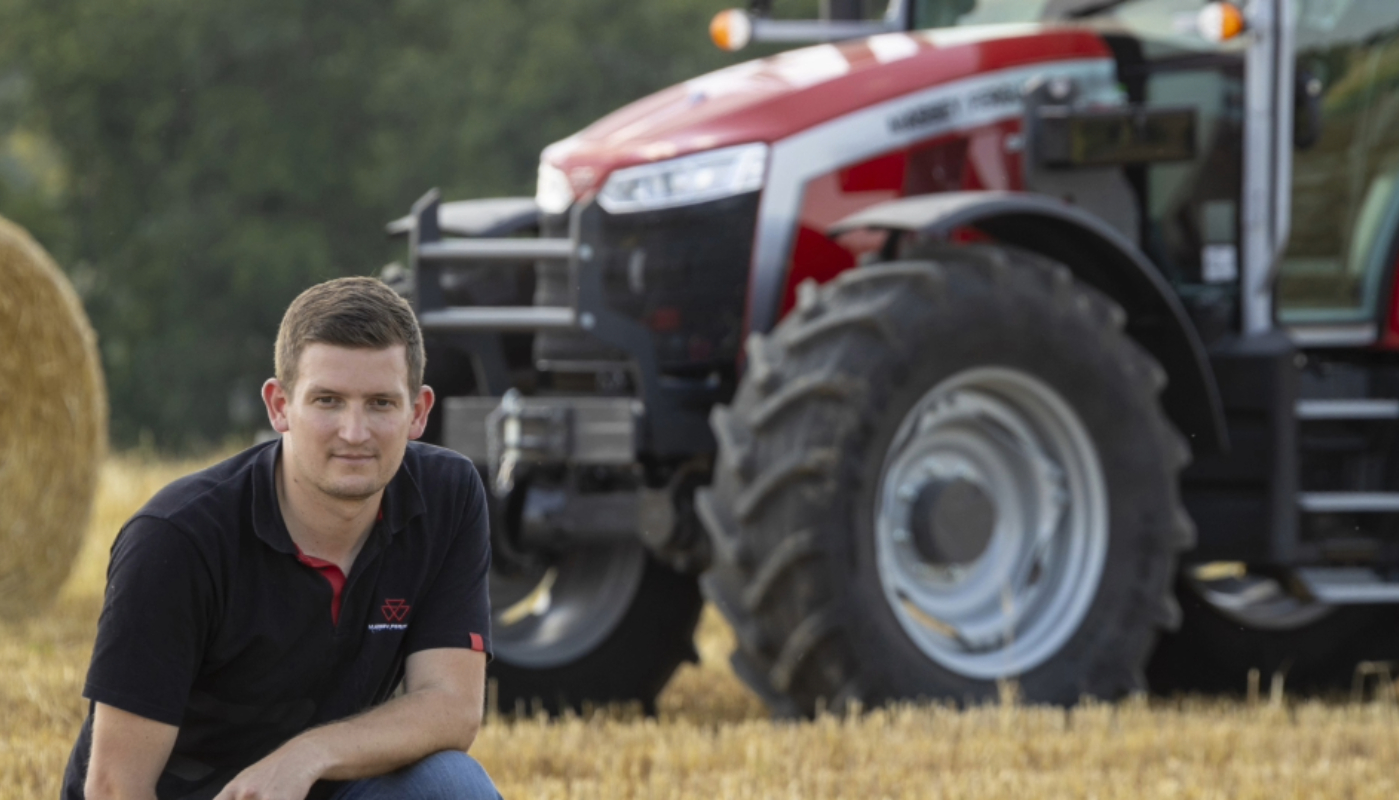
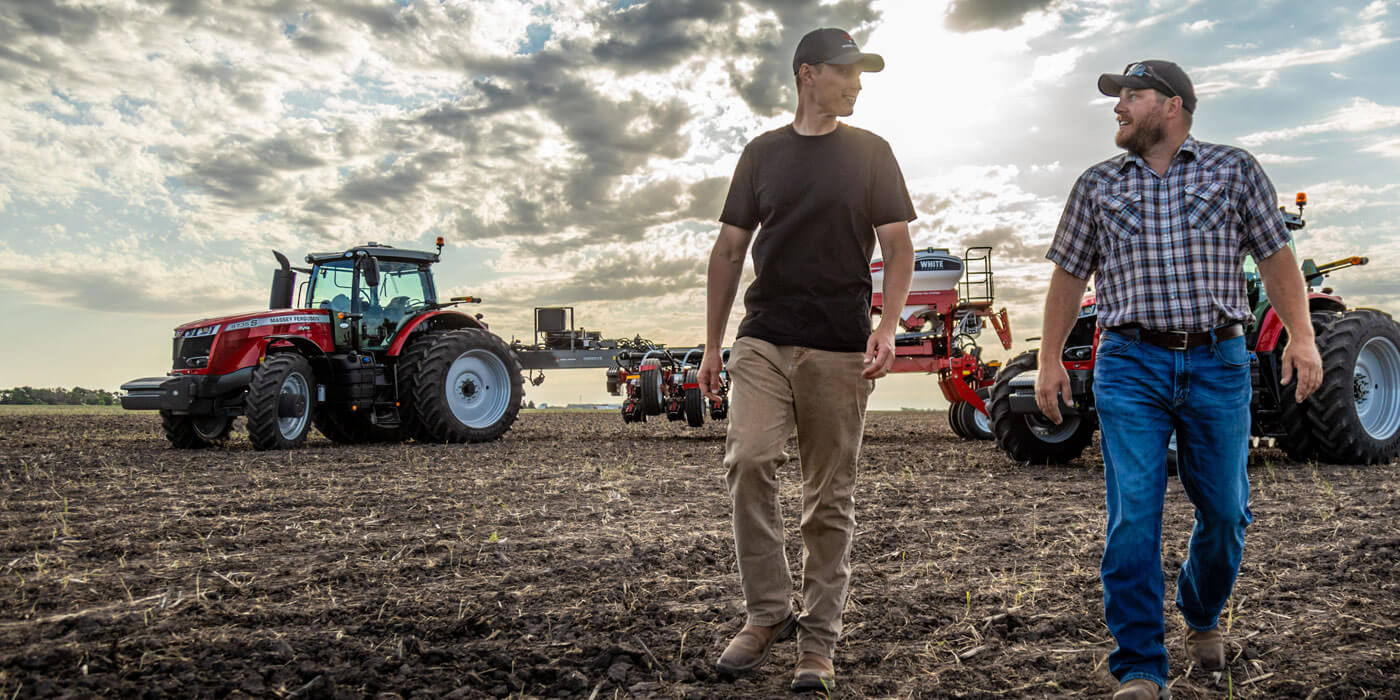
Share